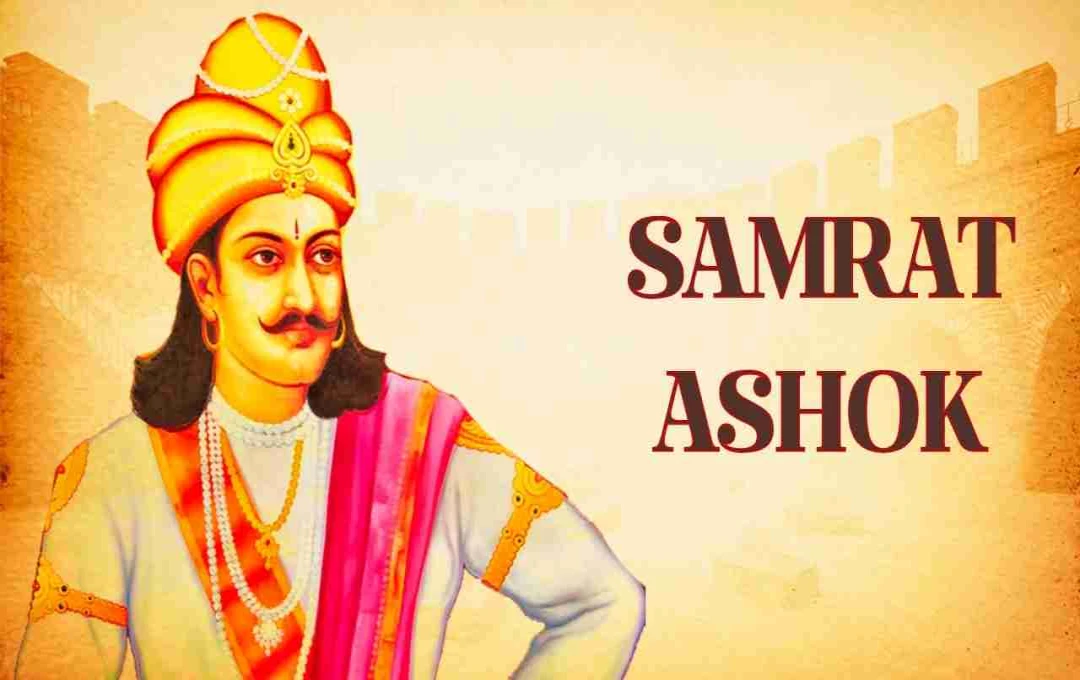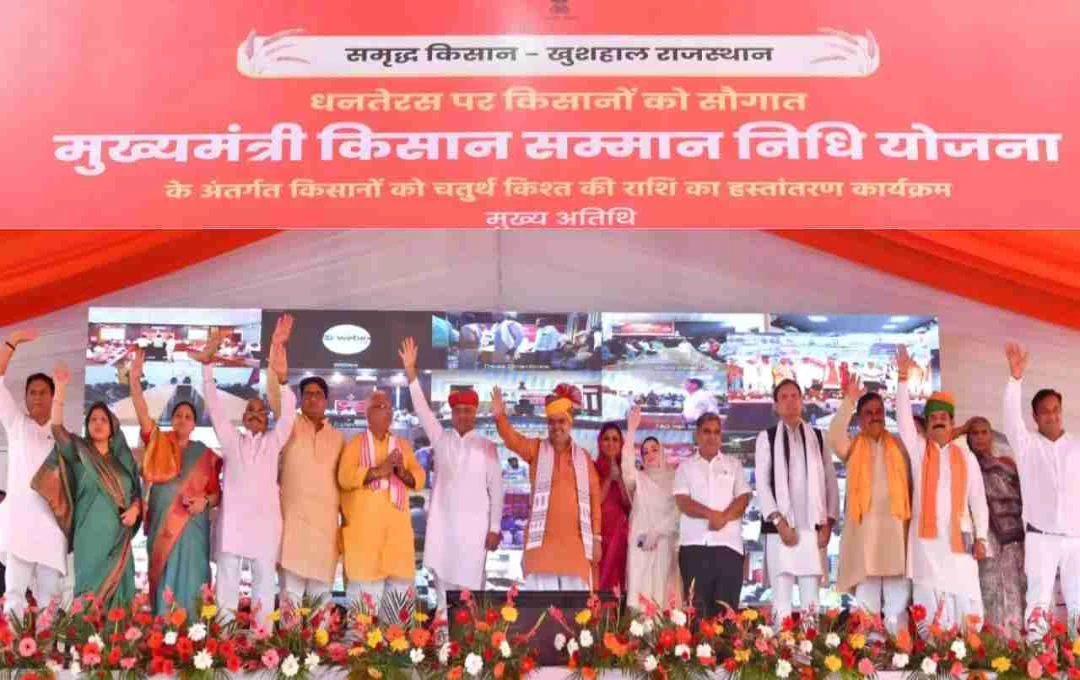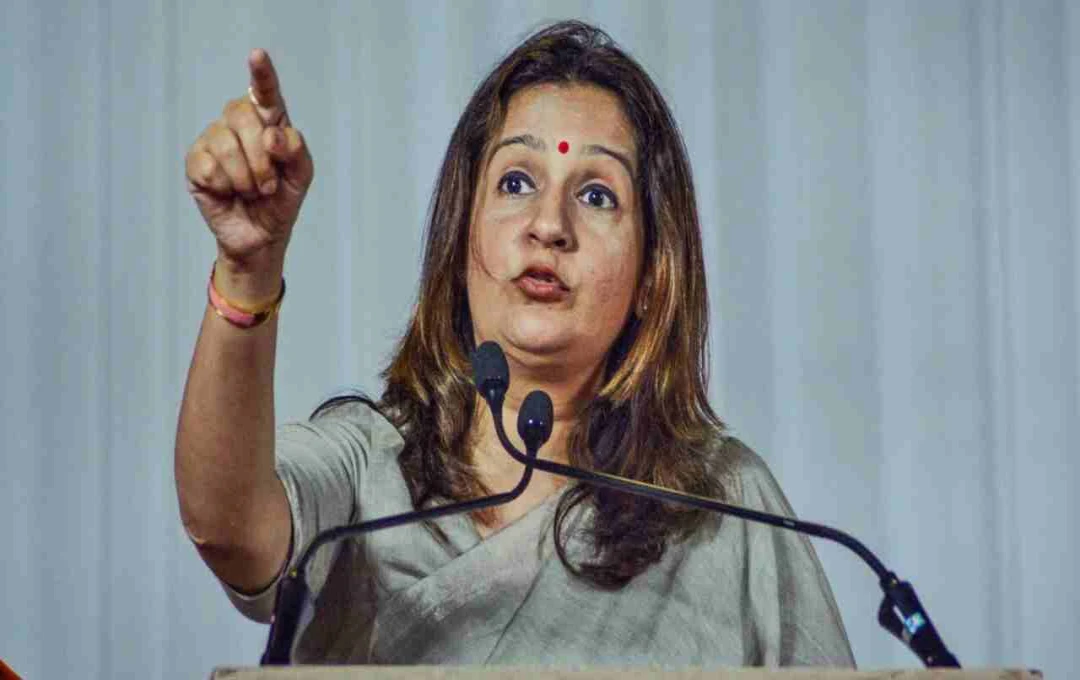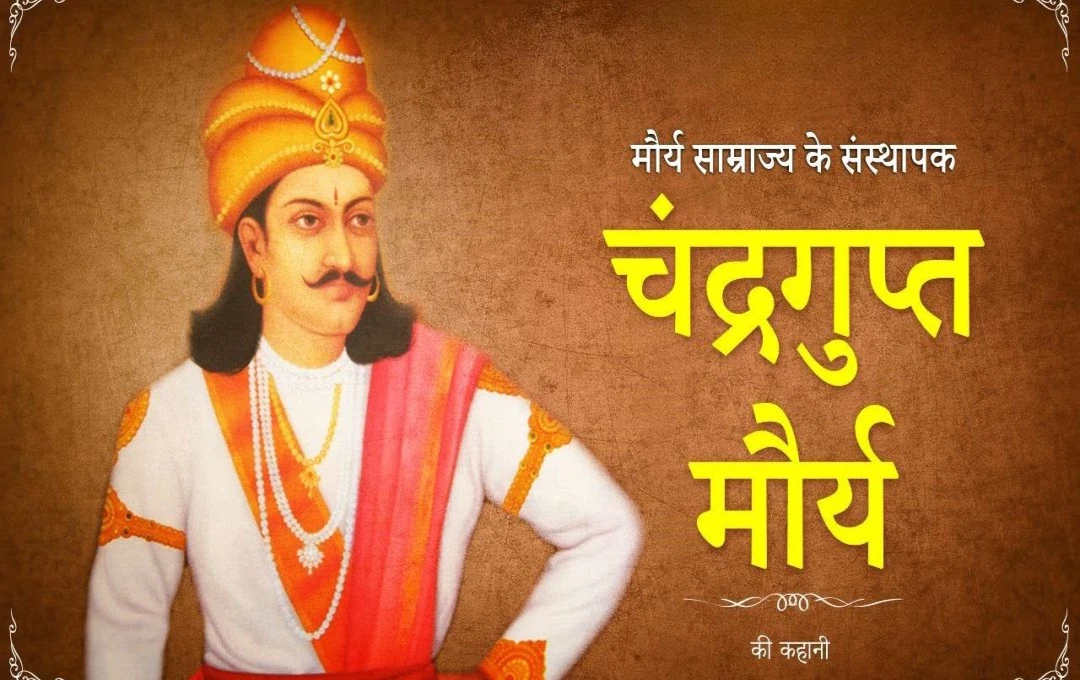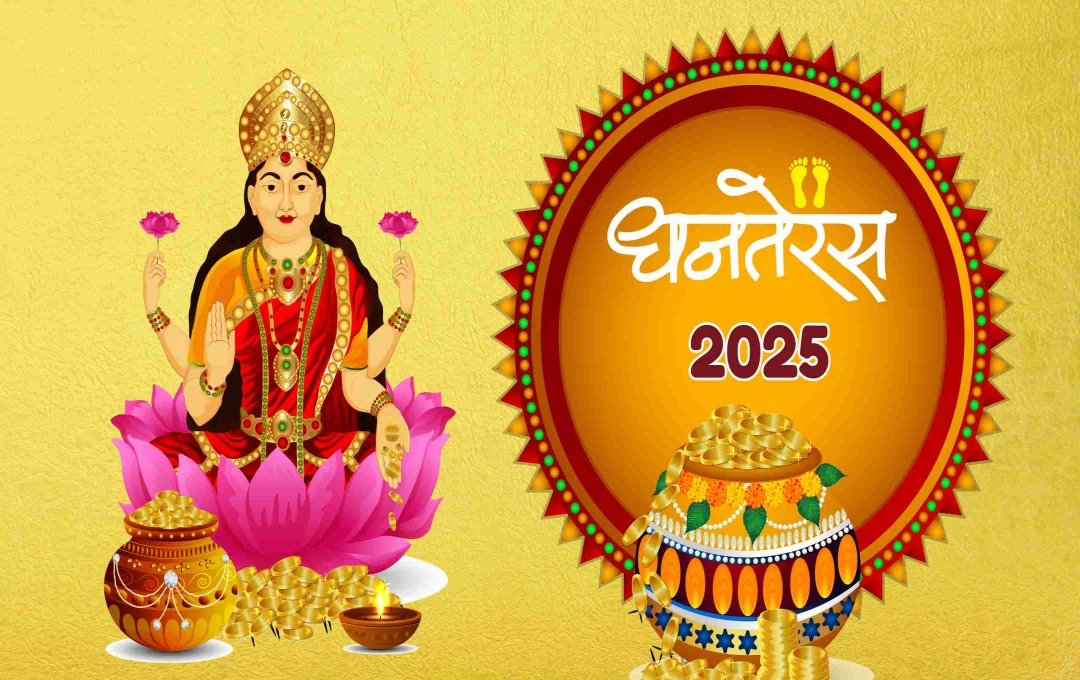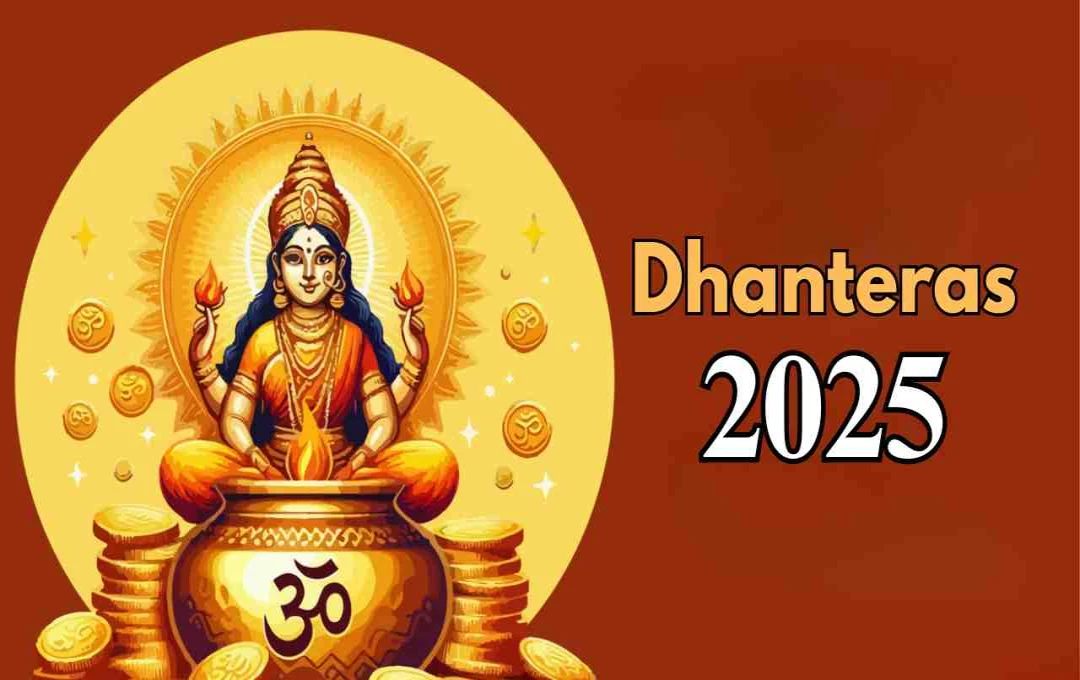In the history of India, Emperor Ashoka is remembered not only as a powerful ruler but also as a king who, having learned from the horrors of war, embraced the path of peace, compassion, and dharma. This Chakravarti Emperor of the Mauryan Empire propagated Buddhism and human values not only in India but throughout Asia.
Background of the Mauryan Dynasty
The Mauryan dynasty was founded by Chandragupta Maurya around 322 BCE. At that time, India was divided into many small states that were constantly at war with each other. Chandragupta, with the help of his guru Chanakya, united these states and created a large empire with its capital at Pataliputra. After Chandragupta Maurya, his son Bindusara took over the responsibility of governance. He maintained the stability of the empire and expanded it to South India. After Bindusara, his son Ashoka ascended the throne of the Mauryan Empire and made it the most powerful empire.
Ashoka's Struggle to the Throne
Ashoka did not get the throne of the Mauryan Empire easily. Buddhist texts state that he had to struggle with his own brothers. According to some stories, Ashoka defeated or killed many of his brothers to gain power, but this is not consistent in every text. Some historians believe that Ashoka only struggled with one or two brothers and gave the remaining brothers positions in the administration. Some inscriptions also indicate that his brothers were later working in the administration. This shows that Ashoka was not completely ruthless, but rather made decisions according to the circumstances.
Kalinga War: A Turning Point
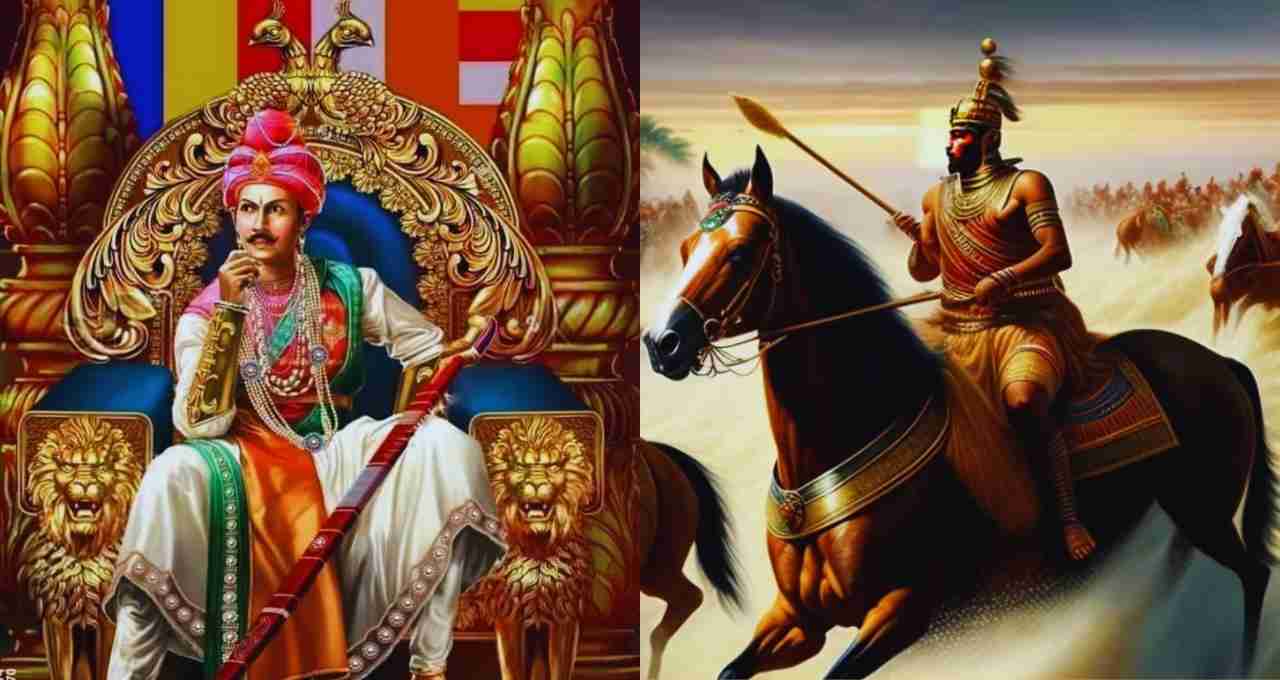
When Ashoka became emperor, he, like other rulers, believed in war and expansion. He conquered many territories and expanded his empire. But when he attacked Kalinga, the war was devastating. Millions of people were killed and thousands were injured, which made Ashoka very sad. The Kalinga War changed the direction of Ashoka's life. He realized that war only brings destruction, not peace. After this war, Ashoka decided to abandon violence and adopt the path of peace and compassion. He embraced Buddhism and spent his life spreading the message of non-violence and humanity.
The Beginning of Dharma Vijay
The horrific consequences of the Kalinga War shook Emperor Ashoka from within. He saw that the war had claimed the lives of millions and destroyed many families. After this tragic experience, Ashoka decided that he would no longer engage in violence and would adopt the path of peace. He embraced Buddhism and resolved to lead his life on the path of compassion, non-violence, and truth. Ashoka spread the principles of 'Dhamma,' or dharma, throughout his empire. He had inscriptions carved on stones in various places, which taught people about goodness, forgiveness, tolerance, and moral living. Ashoka also ensured that all religions were respected and that people lived in mutual love. This transformation of his is still seen as an example in history.
Global Expansion of Buddhism
Emperor Ashoka worked to spread Buddhism not only in India but also abroad. He sent his son Mahendra and daughter Sanghamitra to Sri Lanka so that the people there could also understand Buddhism. This step led to the deep roots of Buddhism in Sri Lanka, and the people there still follow it today. In addition, Ashoka sent his missionaries to countries such as Syria, Egypt, and Greece. His aim was to spread the message of peace, compassion, and non-violence throughout the world. In this way, through Ashoka's efforts, Buddhism became an international ideology, which many countries still embrace today.
Ashoka's Administration: A Blend of Dharma and Justice
Emperor Ashoka's administration was very just and dharma-based. He appointed officials in the administration who were called 'Dhamma Mahamatras.' These officials taught people about good conduct, religious tolerance, and mutual love. Ashoka wanted everyone to live together peacefully and follow the path of dharma. Ashoka took care of every section of society in his administration. He provided irrigation facilities for farmers, security for traders, and protected the rights of women. He made laws to protect animals and birds and built hospitals and wells in various places. Ashoka's rule was an amazing example of dharma, justice, and public welfare.
A Legacy of Monuments and Pillars
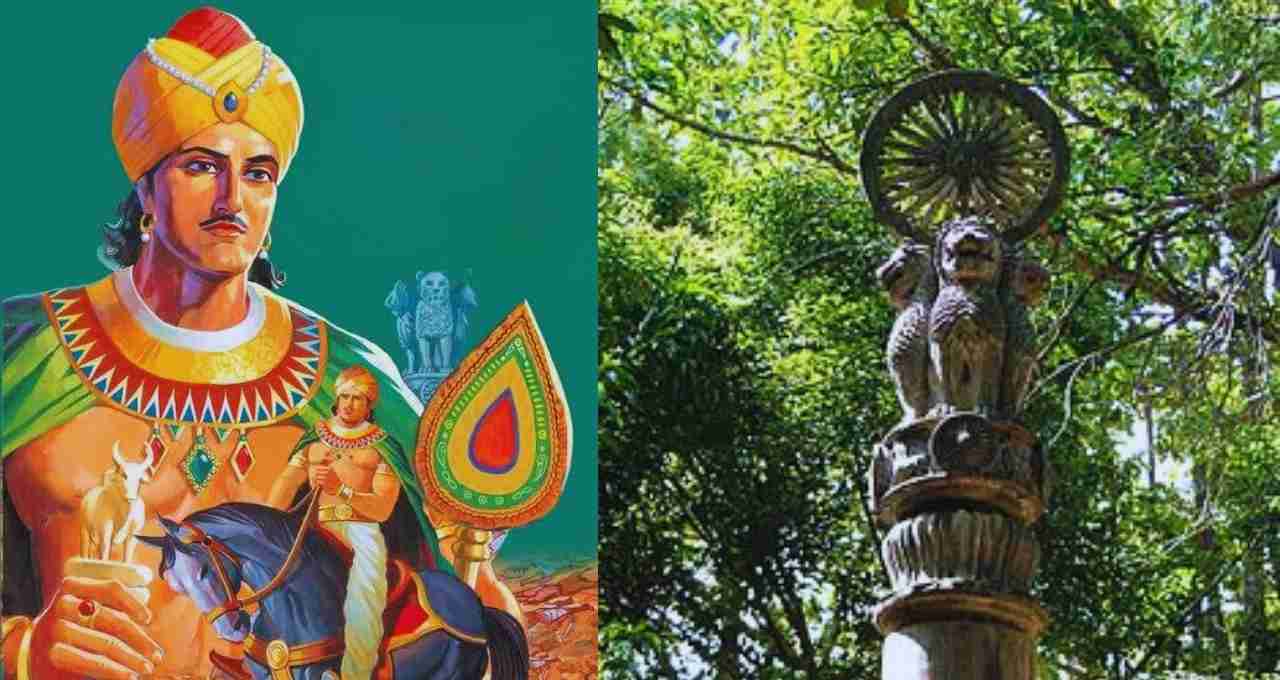
Emperor Ashoka's most famous legacy is the inscriptions and pillars he had built. These messages carved in stone can still be seen in India, Nepal, and Pakistan. Among these pillars, the Lion Capital of Sarnath is the most famous, which India has also adopted as its national emblem. The statue of four lions on top of this pillar is considered a symbol of courage, strength, and dignity. In these inscriptions, Ashoka has taught people about dharma, morality, and mutual love. He told the public not to quarrel, to serve their parents and teachers, and to respect all religions. These messages still inspire us to be good human beings and keep Ashoka's thinking alive.
Final Period and Legacy
Emperor Ashoka died in 232 BCE, and after his passing, the Mauryan Empire gradually weakened. However, Ashoka's influence was not limited to his lifetime. The policies of non-violence, dharma, tolerance, and public welfare that he adopted became a guide for future generations. India's national emblem is taken from the Ashoka Pillar, and the shadow of his thinking can also be seen in the Indian Constitution and foreign policy. Ashoka's legacy continues to live on in our society as an example of morality and humanity.
Emperor Ashoka's life teaches us that even a powerful ruler can change the world by following the path of compassion, non-violence, and dharma. His principles are still an inspiration for society, politics, and humanity today. Ashoka proved that a true king is one who understands the joys and sorrows of his people and works for their welfare.
